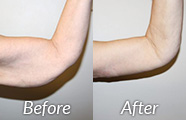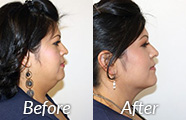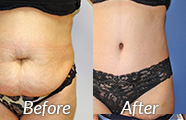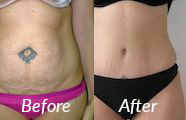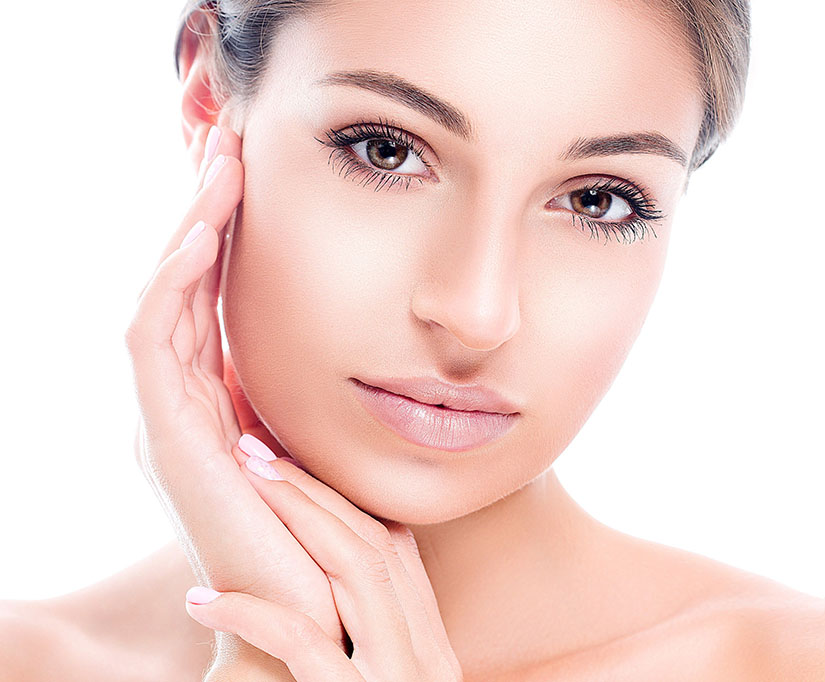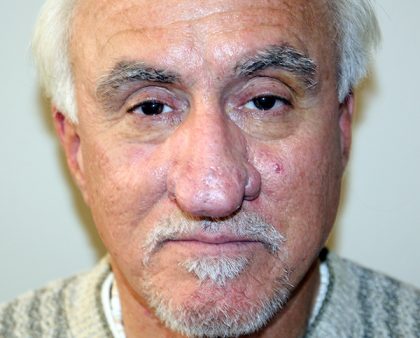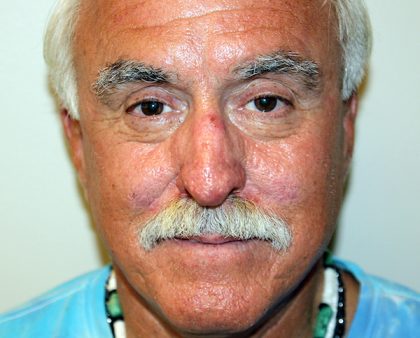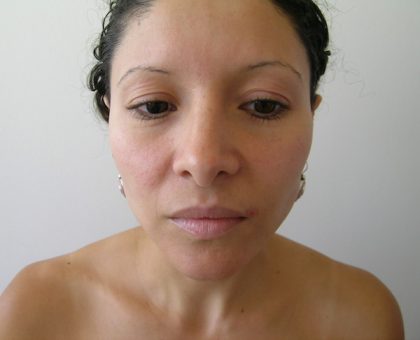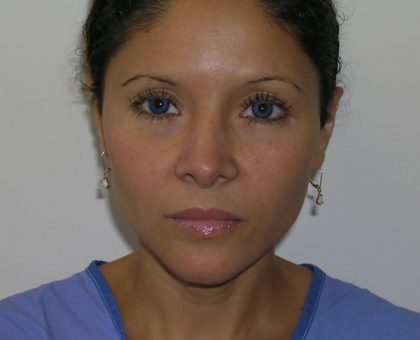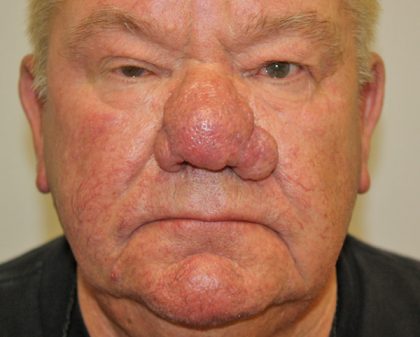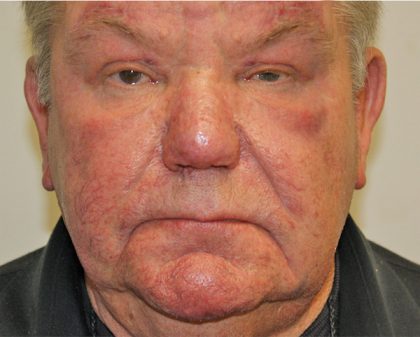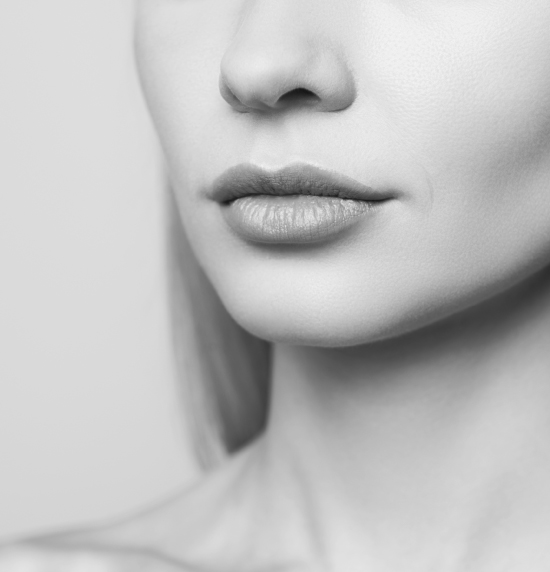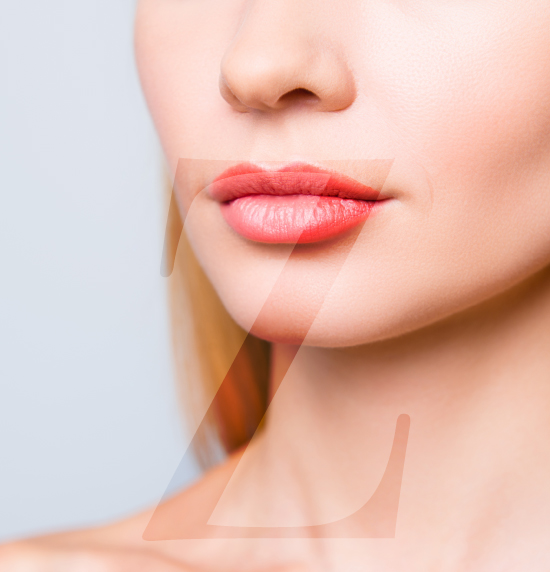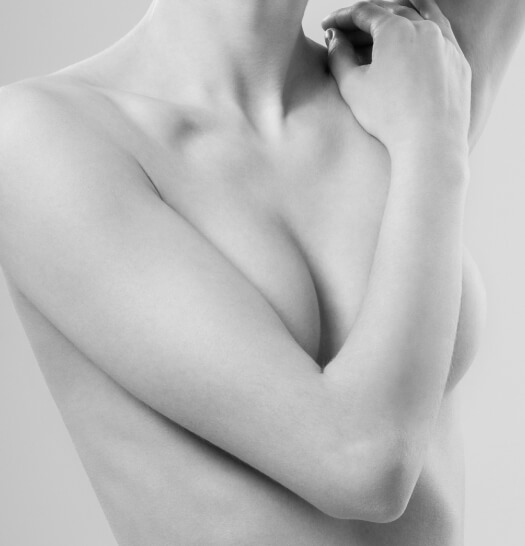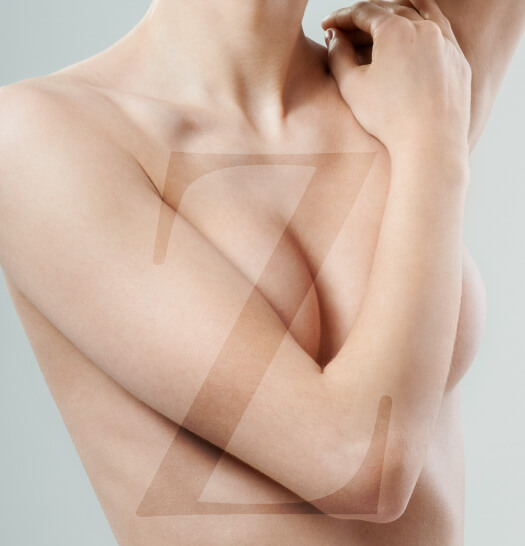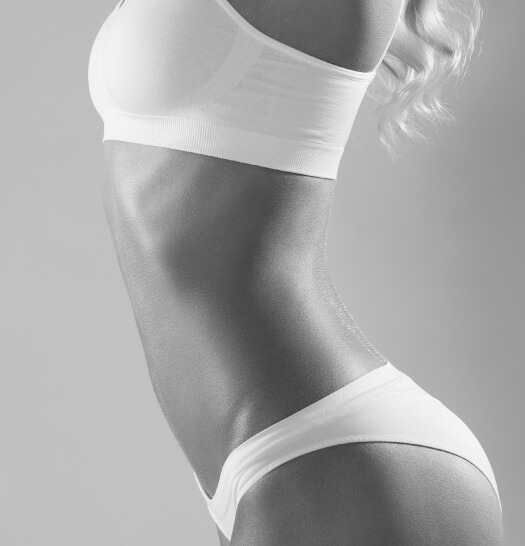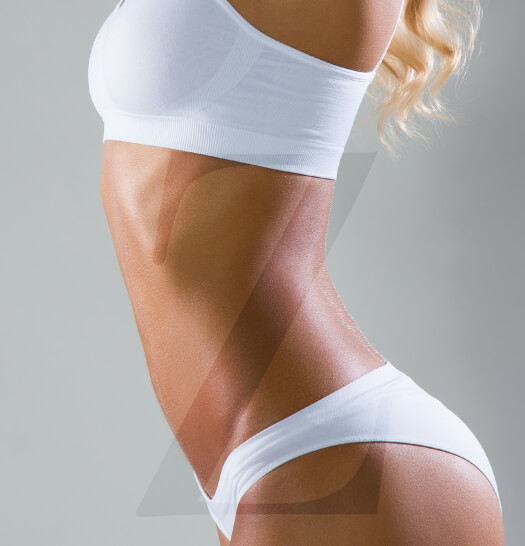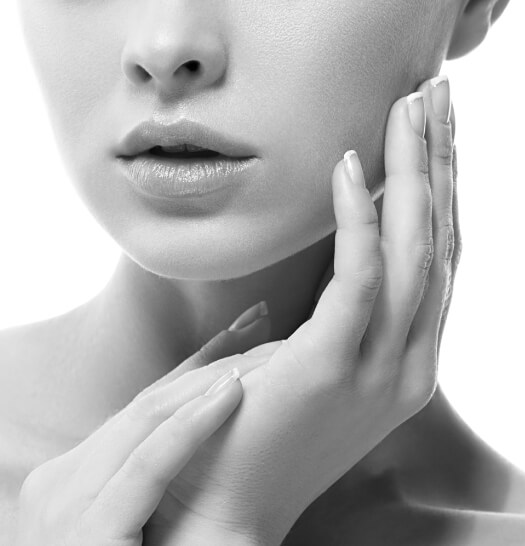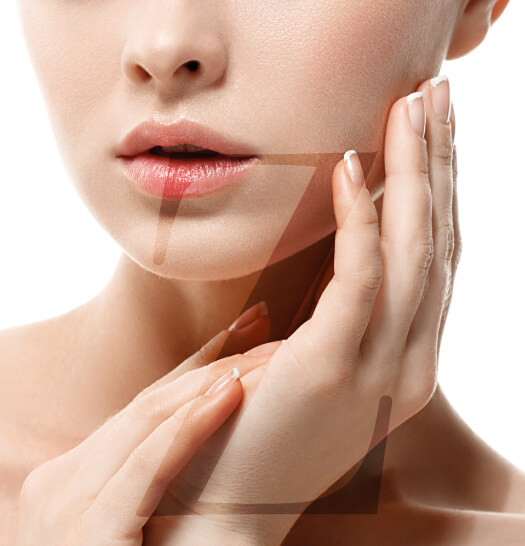Revision Rhinoplasty
Conveniently located to serve the areas of Santa Monica, Beverly Hills and Greater Los Angeles
Revision rhinoplasty, also known as secondary rhinoplasty, addresses unsatisfactory aesthetic outcomes or functional issues resulting from previous nasal surgery. Common reasons for revision include persistent asymmetry, inadequate tip projection, a residual dorsal hump, or functional impairments such as nasal obstruction. Rhinoplasty is one of the most complex surgical procedures due to the intricate nature of nasal anatomy and the diverse aesthetic goals of patients. Revision rates range from 5% to 15%, highlighting the variability in outcomes and the potential need for secondary procedures. [1] Call (310) 584-9990 to schedule an appointment for a personal consultation.
Contents
- 1 Before and After Photos
- 2 About Revision Rhinoplasty
- 3 Aesthetic Issues Addressed by Revision Rhinoplasty
- 4 Addressing Functional Issues with Revision Rhinoplasty
- 5 What are the Benefits of Revision Rhinoplasty?
- 6 Ideal Candidates for Revision Rhinoplasty
- 7 Preparing for Your Revision Rhinoplasty
- 8 The Revision Rhinoplasty Procedure
- 9 Recovery After Revision Rhinoplasty
- 10 Your Revision Rhinoplasty Results
- 11 What is the Cost of Revision Rhinoplasty in Beverly Hills, CA?
- 12 References
Before and After Photos
About Revision Rhinoplasty
Revision rhinoplasty is performed on patients who have already undergone previous nose surgery. As a result, the nasal anatomy may be altered, scar tissue may be present, and the underlying structures may be compromised. These factors make the procedure more complex and require the surgeon to effectively navigate and address the changes.
In primary rhinoplasty, surgeons typically have more flexibility in choosing graft materials to reshape and support the nose. However, in revision cases, grafting materials may be limited due to prior graft usage or altered anatomy. Furthermore, previous surgeries can compromise the structural integrity of the nasal tissues, leading to weaker support and less predictable outcomes, which is why choosing a surgeon with specialized experience is critical.
Aesthetic Issues Addressed by Revision Rhinoplasty
The most common aesthetic and functional concerns expressed by patients undergoing primary rhinoplasty include a dorsal hump, a large nose, a bulbous tip, and nasal obstruction. Individuals seeking revision rhinoplasty commonly reported aesthetic issues such as [2]
- Bulbous tip
- Large nose
- Tip asymmetry
- Dorsal slope
- Wide nostrils
- Columellar show (the narrow strip of tissue that separates the nostrils and extends down to the tip of the nose)
- Alar retraction (the outer edges of the nostrils are pulled or retracted upward)
Addressing Functional Issues with Revision Rhinoplasty
Rhinomanometry, a technique to measure nasal airflow, reveals that nasal valve obstruction and lateral wall collapse contribute significantly to nasal obstruction, even more than septal deviations in some cases.
Revision rhinoplasty requires a high level of surgical skill and expertise. The surgeon must accurately assess the patient’s unique nasal anatomy, identify previous surgical changes, and plan a comprehensive surgical strategy. The procedure often involves intricate maneuvers and delicate adjustments to achieve the desired aesthetic and functional outcomes.
What are the Benefits of Revision Rhinoplasty?
Revision rhinoplasty offers several potential benefits for patients who have undergone a previous nose surgery and are seeking further improvement or correction:
- Correcting unsatisfactory results
- Enhancing nasal function
- Restoring facial harmony
- Correcting secondary changes
- Psychological well-being
Advances in surgical techniques and technology have contributed to improved outcomes in revision rhinoplasty. Surgeons employ innovative approaches and refined methods to overcome the challenges posed by prior surgeries.
Ideal Candidates for Revision Rhinoplasty
Revision rhinoplasty patients often arrive with a unique set of emotional experiences and expectations. [3] They may have previously undergone an unsatisfactory rhinoplasty or faced disappointing outcomes, leading to a range of psychological concerns such as
- Body image dissatisfaction
- Diminished self-esteem
- Anxiety about undergoing another surgical intervention
Patients should wait for approximately one year to allow for optimal healing before considering revision rhinoplasty. Candidates should have specific aesthetic or functional concerns that persist after the primary rhinoplasty.
Revision rhinoplasty can be a complex and intricate procedure, often requiring more time and effort compared to primary rhinoplasty. Candidates should be patient, committed, and willing to undergo the necessary recovery process to achieve the desired results.
Preparing for Your Revision Rhinoplasty
Plan for someone to accompany you to the surgical facility and assist you with transportation on the day of the procedure. Depending on the extent of the surgery and the type of anesthesia used, you may require someone to stay with you for the initial recovery period.
Before the surgery, make necessary arrangements at home to ensure a comfortable and smooth recovery. Stock up on essential supplies such as prescribed medications, ice packs, gauze, and soft, easily digestible food. Set up a clean and quiet recovery area with extra pillows to keep your head elevated, as this can help reduce swelling.
Plan for sufficient time off work or school to allow for proper recovery. The duration will depend on the extent of the revision rhinoplasty and your individual healing process. Your surgeon will provide guidance on the expected recovery timeline and when you can resume normal activities.
The Revision Rhinoplasty Procedure
The surgical techniques used in revision rhinoplasty are similar to those in primary rhinoplasty. However, more extensive reconstruction of previously altered cartilage structures may be required. Revision rhinoplasty prioritizes structure, shape, and support over reduction.
Revision septoplasty is often performed alongside revision rhinoplasty (about 71% of cases). [4] Cartilage grafts may be used to address structural deficiencies or deformities. This may involve harvesting cartilage from the septum, ear, or rib to reconstruct or support areas of the nose that need revision. After the surgery, you will be taken to a recovery area where medical staff will monitor you. Your nose will be covered with dressings or splints to provide support and protect the surgical site.
Recovery After Revision Rhinoplasty
You may experience discomfort, swelling, bruising, and nasal congestion during the initial days following the procedure. Your surgeon will provide detailed postoperative instructions, which may include:
- Taking prescribed medications (such as pain relievers and antibiotics)
- Using nasal sprays or saline rinses
- Applying cold compresses to reduce swelling
- Avoiding activities that could put a strain on your nose
Swelling and bruising are common after revision rhinoplasty and can take several weeks to subside. Nasal congestion and difficulty breathing are expected during early recovery. It’s important to avoid blowing your nose forcefully and follow any recommended breathing exercises.
While the initial recovery period lasts a few weeks, complete healing and the final appearance of your nose may take several months or longer. It’s important to be patient and allow your body ample time to heal. Follow your surgeon’s instructions, maintain a healthy lifestyle, and attend all follow-up appointments to support the healing process.
Your Revision Rhinoplasty Results
As the nerves subside and you begin to see the results of your revision rhinoplasty emerge, you will feel elated. The pain and frustration you felt at the end of your healing journey with your primary revision will become a distant memory. The improvements made during your revision rhinoplasty will be evident in the mirror, and you will be amazed at the transformation that has taken place.
The first time you see your results, you may experience a range of emotions, including joy, relief, and a sense of accomplishment. The issues that bothered you before, such as asymmetry, a misshapen nose, or functional difficulties, will have been addressed, leaving you with a nose that better aligns with your desires and enhances your overall facial harmony.
The enhanced aesthetics of your nose can have a positive impact on your self-image and how you interact with others. You may find yourself smiling more, standing taller, and feeling more comfortable in social situations. Functional issues will no longer plague you and your life will once again be easier and more carefree!
What is the Cost of Revision Rhinoplasty in Beverly Hills, CA?
The cost of revision rhinoplasty varies depending on several factors, including the complexity of the procedure and the patient’s specific needs. During your consultation, the surgeon will discuss the expected costs and factors that contribute to the treatment plan. Call (310) 584-9990 for an appointment in Beverly Hills or Santa Monica.
References
- Neaman KC, Boettcher AK, Do VH, et al. Cosmetic Rhinoplasty: Revision Rates Revisited. Aesthetic Surgery Journal. 2013;33(1):31-37. https://doi.org/10.1177/1090820×12469221
- Chauhan N, Alexander AJ, Sepehr A, Adamson PA. Patient Complaints With Primary Versus Revision Rhinoplasty: Analysis and Practice Implications. Aesthetic Surgery Journal. 2011;31(7):775-780. https://doi.org/10.1177/1090820×11417427
- Adamson PA, Warner J, Becker D, Romo TJ, Toriumi DM. Revision rhinoplasty: panel discussion, controversies, and techniques. Facial Plastic Surgery Clinics of North America. 2014;22(1):57-96. https://doi.org/10.1016/j.fsc.2013.09.002
- Manafi A, Hamedi ZS, Manafi F. Introduction of a Less Invasive Revision Rhinoplasty Using Closed Nasal Chondrotome. WORLD JOURNAL OF PLASTIC SURGERY. 2019;8(1):108-111. https://doi.org/10.29252/wjps.8.1.108

